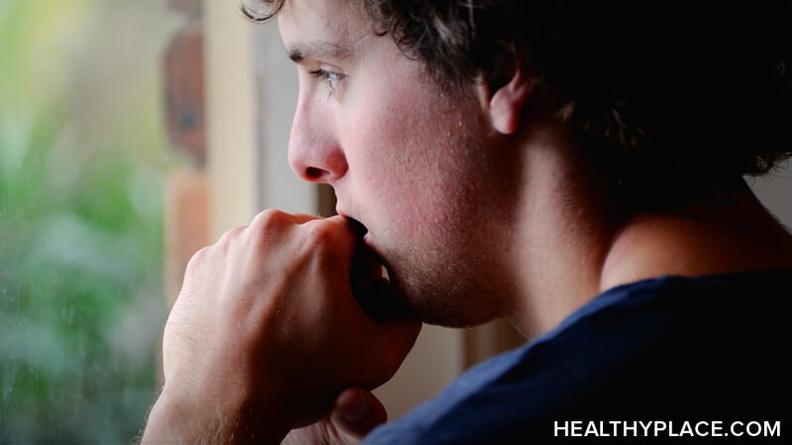Are Binge Behaviors Normal For PTSD?

If you have PTSD (post-traumatic stress disorder), you’re no stranger to excessive feeling, acting and behaving.
Think of it this way: Living with PTSD, you are like a pitcher filled to the brim with water. As long as no one and no thing pours more water on the pitcher, it can stay at capacity and not overflow. You can hold yourself together, cope and manage if, not easily, at least often somewhat effectively.
When more water is added to the pitcher, however, what happens? That’s right! The liquid overflows and there’s just nothing you can do about it.
Why Binge Behaviors Are Normal For Those With PTSD
When you’re triggered, feel stress or pressure or for any other reason reach the limit on your capacity to cope, it’s natural to overflow with intense emotions that lead to excessive behaviors. These include drinking alcohol, using drugs, shopping, eating or any other activity or behavior that you know you’re doing to excess but just can’t stop yourself.
This behavior is, of course, completely reasonable. In an effort to liberate yourself from the feelings of stress, anger, fear, sadness and grief, you do so by allowing yourself to indulge in behaviors that bring better feelings. Eating, drinking, sex, shopping, smoking and using drugs are all activities that can reduce stress and bring a feeling of well-being. Even though you may feel worse later, in the moment you feel good doing each one.
How to Reclaim Control of Binge Behaviors
Not to worry. With a little mindful awareness and conscious accountability, you can get this bingeing pattern under control. Here are some simple steps to get you started:
Develop a habit of checking in with yourself. Throughout the day, even when everything is fine, check in with yourself by noticing how you’re feeling. Say, “Right now I feel __________ because __________.” Being aware of your emotional state all the time will let you more quickly identify when it changes and why.
Assess when your feelings change. Being aware of when your emotional state changes allows you to ask yourself: “Why am I feeling _______ right now?” Doing this immediately puts you in control.
Rate what you feel. On a scale of 1-10 (10 being “I feel this way extremely!”), rate what you’re feeling, i.e. “I’m feeling an 8 on the scale of fear.”
Decide what would make you feel better. Ask yourself, “What would have to happen to bring that feeling down one notch?”
Take an action. Behavior gets out of control unless you take back control. You can do this by taking an action. What has to happen to make you feel one notch better? Do that thing. Get anyone else who can help you to pitch in and help you achieve that action.
Excessive behaviors and addictions happen when you seek relief from how you’re feeling. In every moment, you have a choice of how to do that. Start taking positive and healthy actions that put you back in the power position of your life.
Michele is the author of Your Life After Trauma: Powerful Practices to Reclaim Your Identity. Connect with her on Google+, LinkedIn, Facebook, Twitter and her website, HealMyPTSD.com.
APA Reference
Rosenthal, M.
(2012, September 26). Are Binge Behaviors Normal For PTSD?, HealthyPlace. Retrieved
on 2026, January 6 from https://www.healthyplace.com/blogs/traumaptsdblog/2012/09/binge-behaviors-normal-for-ptsd